Popular Lacrosse Heads
See more Popular Lacrosse Heads
Maverik Havok 2.0
20 Available

Maverik Tactik 3.0
55 Available

STX Stallion 1K
56 Available
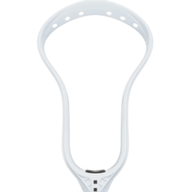
StringKing Mark 2F
39 Available
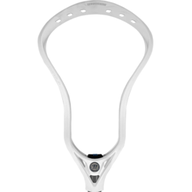
Warrior Evo Qx-O
77 Available

Maverik Optik 3.0
101 Available

ECD Lacrosse Ion
178 Available

StringKing Mark 2D
13 Available
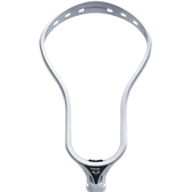
ECD Lacrosse DNA 2.0
42 Available

ECD Lacrosse Mirage 2.0
101 Available
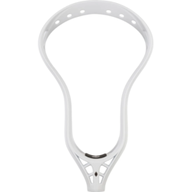
StringKing Mark 2V
89 Available

ECD Lacrosse Mirage 2.0 Graphene
11 Available

StringKing Mark 2T
13 Available

Maverik Kinetik 2.0
88 Available

Maverik Kinetik 3.0
54 Available
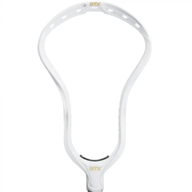
STX Stallion 900
56 Available
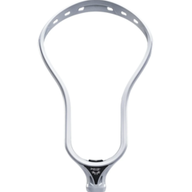
ECD Lacrosse DNA
44 Available

Maverik Tactik 2.0
88 Available
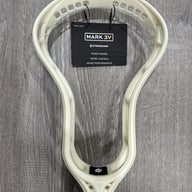
StringKing Mark 3v
33 Available

Gait GC3
25 Available
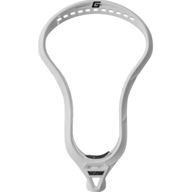
Gait Mustang
21 Available
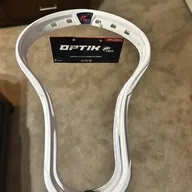
Maverik Optik Force
34 Available
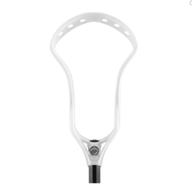
Maverik Kinetik
69 Available

Under Armour Command
76 Available

Maverik Centrik
17 Available

Maverik Optik 2.0
34 Available
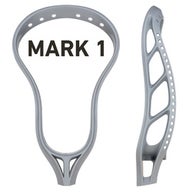
StringKing Mark 1
28 Available

Maverik Optik
34 Available
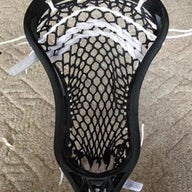
Signature Contract
10 Available

True Hzrdus
31 Available

Maverik Tactik
19 Available
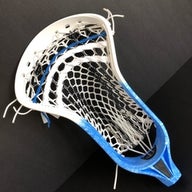
Epoch Z-ONE
38 Available
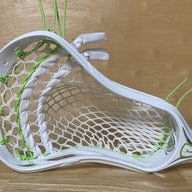
Adrenaline Nomad
18 Available

STX Proton Power
24 Available

True Key
17 Available

STX Crux
8 Available
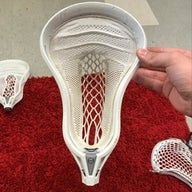
Warrior Evo Warp Pro
31 Available

Maverik Metrik
12 Available

Warrior Revolution 2.0
9 Available

STX ACP
7 Available

Maverik Bazooka
4 Available
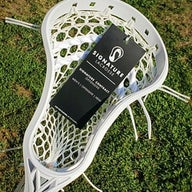
Signature Contract Offense
22 Available

STX Excalibur
9 Available

STX Fortress
2 Available

Other Generic
27 Available

StringKing Mark 2
4 Available

Maverik Optik U
3 Available
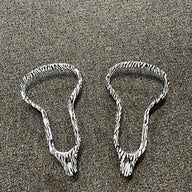
Other Optimus7
4 Available

Powell Pioneer
12 Available
Shop by Brand
MaverikHEADSTXECD LacrosseWarriorGaitTrueEpochBrineNikeTribe7AdrenalinedeBeerHarrowAdidas
476 Results
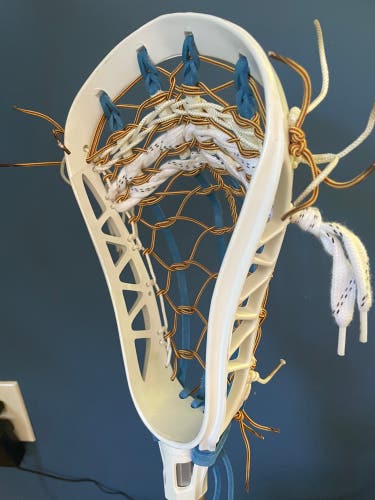
Woody29
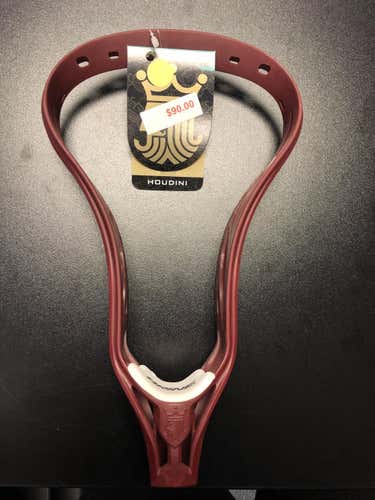
GoalEvo
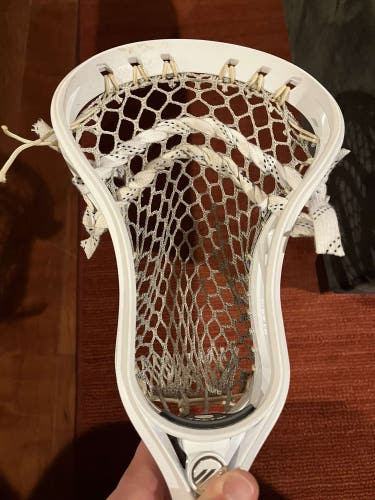
Elivelepec
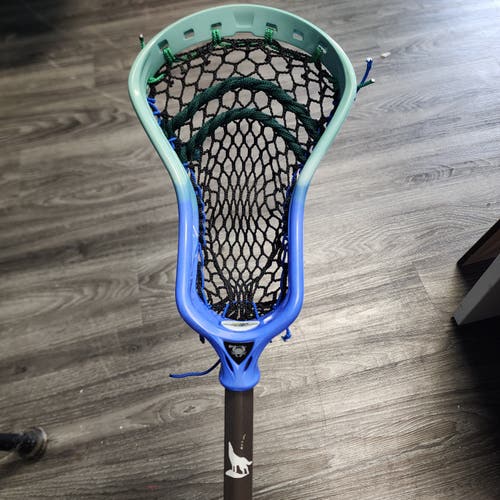
TwistedHeads
New ECD Ion Head
$150
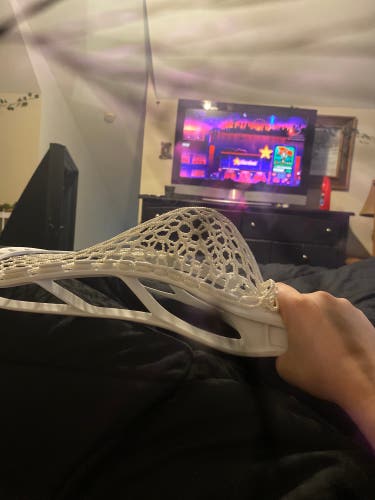
hudsonr296

Szechuan_Strings
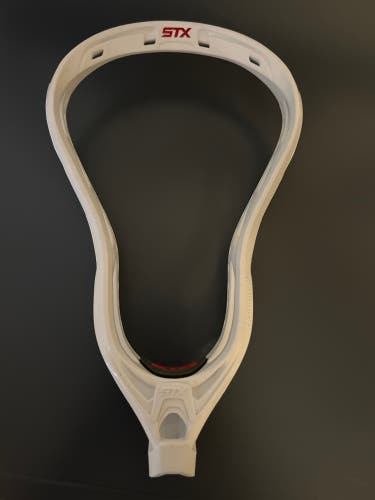
GusGalli13
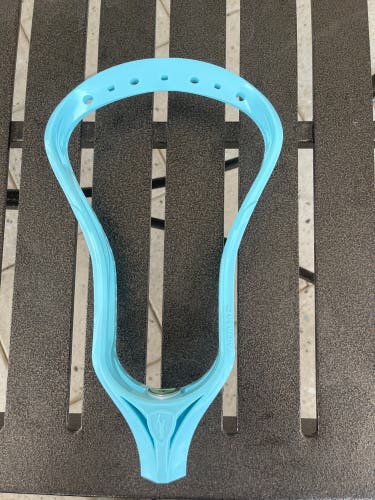
nburdick
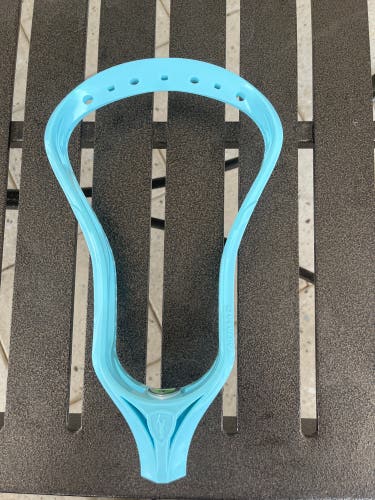
nburdick

bunts3210

bunts3210

vblax16
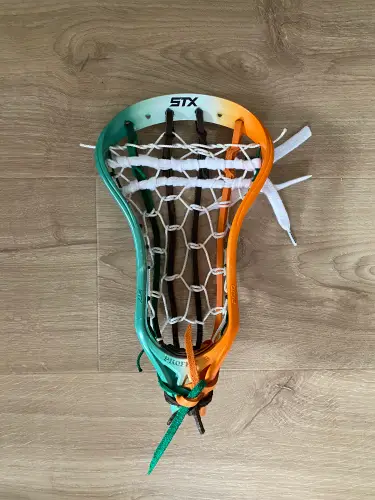
Boxlax1
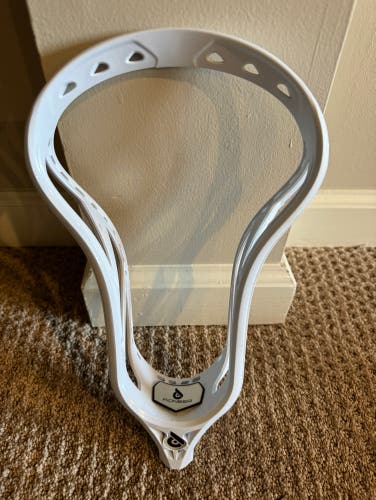
Nate_Solomon
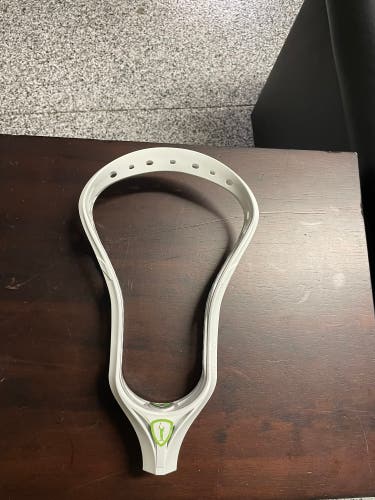
TylerSep14
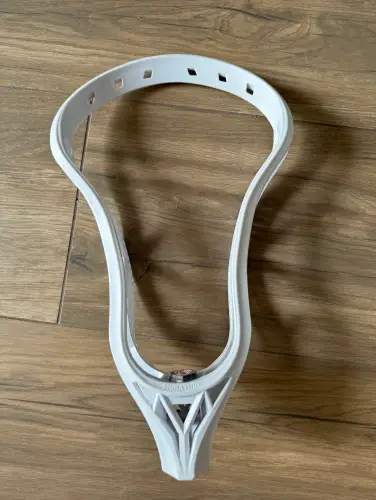
jmoneylax1

crushlacrosse8

Drew_17

Mattfisher1987

Chuckrickky

TheHoff_Strings

IvanSnow

Swmpthng24

lax_stringer

JackECFranchise

bunts3210

LaxCraftCustom

iSell_laxstuff
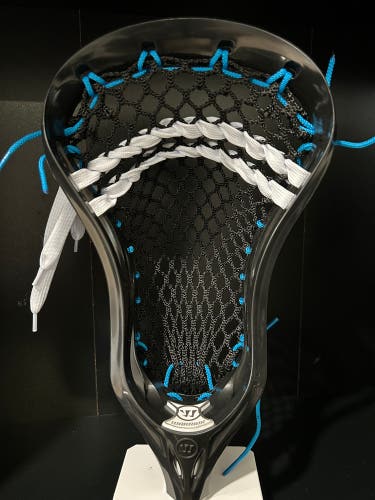
Mattfisher1987

Connorwhit2210

b1shopFAHZEE
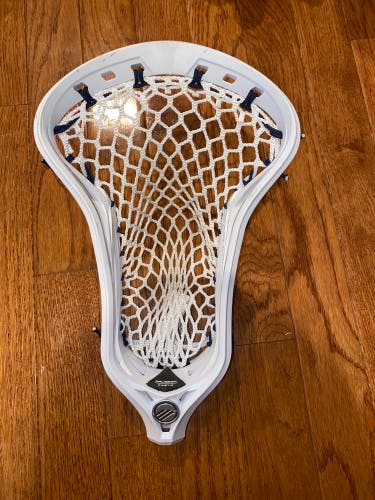
Papajoey23